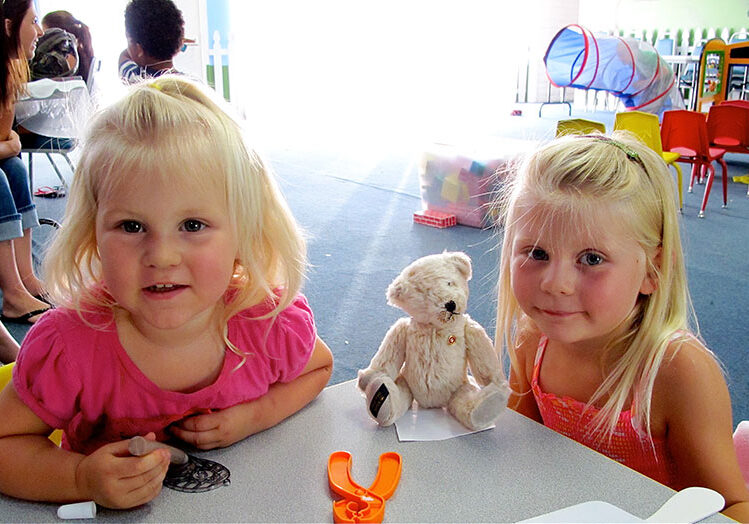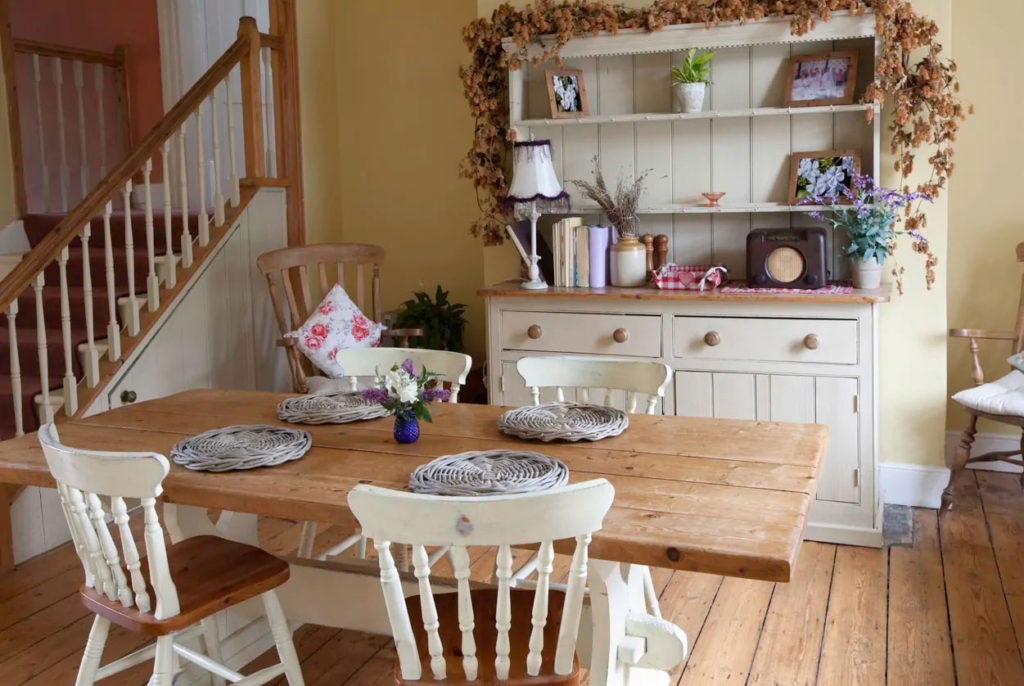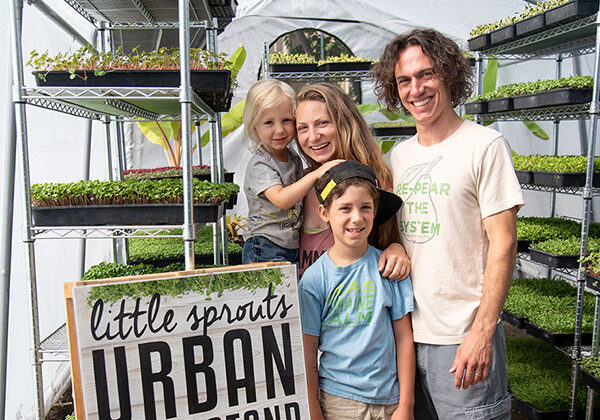When my husband suggested we move the old, blocky, wood veneer table from his bachelor condo to our shared home, I agreed, mainly because I assumed we’d replace it soon enough. Eight years and two kids later, I find it hard to imagine our home without it.
The table is covered with nicks and scratches. It’s orange-y brown, and the imperfections show up in light yellow. It comfortably seats the four of us, but we can easily squeeze a couple more chairs in when Grandma and Grandpa come for dinner. For special occasions, it expands to fit 12. We can barely open the refrigerator door when all 12 seats are full, but that’s okay. Limited fridge access has never interfered with the conversations and laughter we’ve shared with family and friends over Thanksgiving dinners, Passover seders, or birthday parties. I’ve grown to love that imperfect table and the memories it holds.
Finding beauty in imperfection
Wabi-sabi is the Japanese art of finding beauty in imperfection. This ancient aesthetic acknowledges that objects are beautiful, not in spite of signs of wear and tear, but because of them. Wabi-sabi appreciates the way an object’s aesthetic appeal develops over time and with repeated use, inextricably linking beauty, utility, economy, austerity and intimacy.
How to put wabi-sari into action
You don’t have to hire a decorator or scour the internet for ideas, products, or advice to create a wabi-sabi infused home. Using the things in your home well, and being intentional with those that you let go of or choose never to have in the first place, will naturally create a home that you love.
Consider what you really need
According to wabi-sabi, the beauty of a thing is not in its shiny newness. Just the opposite, an object’s radiance rests in the meaning and memories it holds, as well as its utility. To avoid the temptation of filling your home with new and unnecessary items, take these steps:
- Don’t go overboard with your baby registry. Consider the things you really need: a cozy place to snuggle, clothes that fit, and a great carseat.
- Keep a running list of things you’d like or need to acquire to help you stay focused and avoid impulse purchases when you’re shopping.
- Unsubscribe from email newsletters that stay in your inbox unopened and those you immediately delete.
- Put catalogs you never shop from straight into your recycle bin or your kids’ art bin for future collages.
- Self-impose a “waiting period” when shopping online. If you can live an extra day without the items in your shopping cart, you might decide you don’t need them at all.
Let your extras go
Most of us have more stuff than we need or want — things we’re saving for some special occasion, items we might need someday, dust-collectors with sentimental value. For one reason or another, most of us have trouble letting our extras go. Here are a few tips to start:
Start small. In her book Better Than Before, Gretchen Rubin recommends committing to just 10 minutes of any imposing task. If you’re drained when your timer goes off at the 10-minute mark, stop for the day. If you feel energized and you have time, keep going.
Toss anything you haven’t used in the past year. Grandpa wouldn’t want you feeling bogged down by the bird feeder you made together, which is now taking up valuable real estate in an overstuffed closet.
Take pictures of sentimental items before letting them go.
Limit duplicates. If it’s hard to be objective about how many scarves (or shoes, hammers, or guitar picks) you actually need, ask yourself how many your neighbor needs, and let that number guide you.
Take another look
Take another look at your things. Ask yourself if they are useful. Then ask yourself if they are beautiful, remembering that beauty isn’t defined by the perfect home featured on your favorite design blog. According to wabi-sabi, an item’s true beauty is in its scratches, its dings, its story.
As a newlywed, I created a Pinterest board called “home decor” and filled it with images of the kitchen tables of my fantasies. They were modern and sleek, with smooth reclaimed wood surfaces and hairpin legs. Unblemished, they beckoned me, promising a life just as perfect as they were – if only I owned such a table.
I haven’t pinned any new tables to that board since our first child was born nearly six years ago. In that six years, my version of perfect has entirely changed as well. My husband’s old wood veneer table is as wabi-sabi as it gets. It serves its purpose for our growing, evolving family. It’s where my kids have sat in their bouncy and bumbo seats. It’s where we’ve clipped high chairs and pulled up booster seats to feed first bites of banana, first tastes of chocolate chips. It’s there that we’ve blown out candles celebrating the first year, the fortieth year, and lots of years in between. I look forward to all the celebrations that lie ahead, many of which will likely happen around that beautifully imperfect and ever-changing hunk of a fridge-blocking bachelor-pad table.
Posted in: Community
Comment Policy: All viewpoints are welcome, but comments should remain relevant. Personal attacks, profanity, and aggressive behavior are not allowed. No spam, advertising, or promoting of products/services. Please, only use your real name and limit the amount of links submitted in your comment.
You Might Also Like...
Not Just About Animals … 17 Great Things About 4-H
In my family, our search for different activities for our children led us to 4-H. We discovered the program offers much more than experiences in farming and raising animals, which […]

The Importance of the Arts: Experts Share their Perspectives
Children are born artists. Even young children know how to create – thrilled by the magical sound made by tapping on piano keys, by the texture of fingerpaints, by the […]

Red Bluff Playgroup Gives Kiddos (and their Parents) a Place to Make New Pals
Mojan Bailey’s son likes to tinker on toy cars with his plastic drill and wrench, but today the 3-year-old takes a break to sit at a toddler table and shape […]
Egg Laying Hens: The Basics of Starting a Backyard Flock
For those curious about raising chickens, the prospect of starting a backyard flock can be daunting. However, the rewards of cultivating your own healthy, happy egg layers can far outweigh […]




